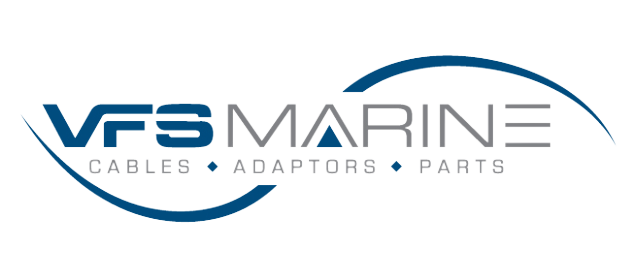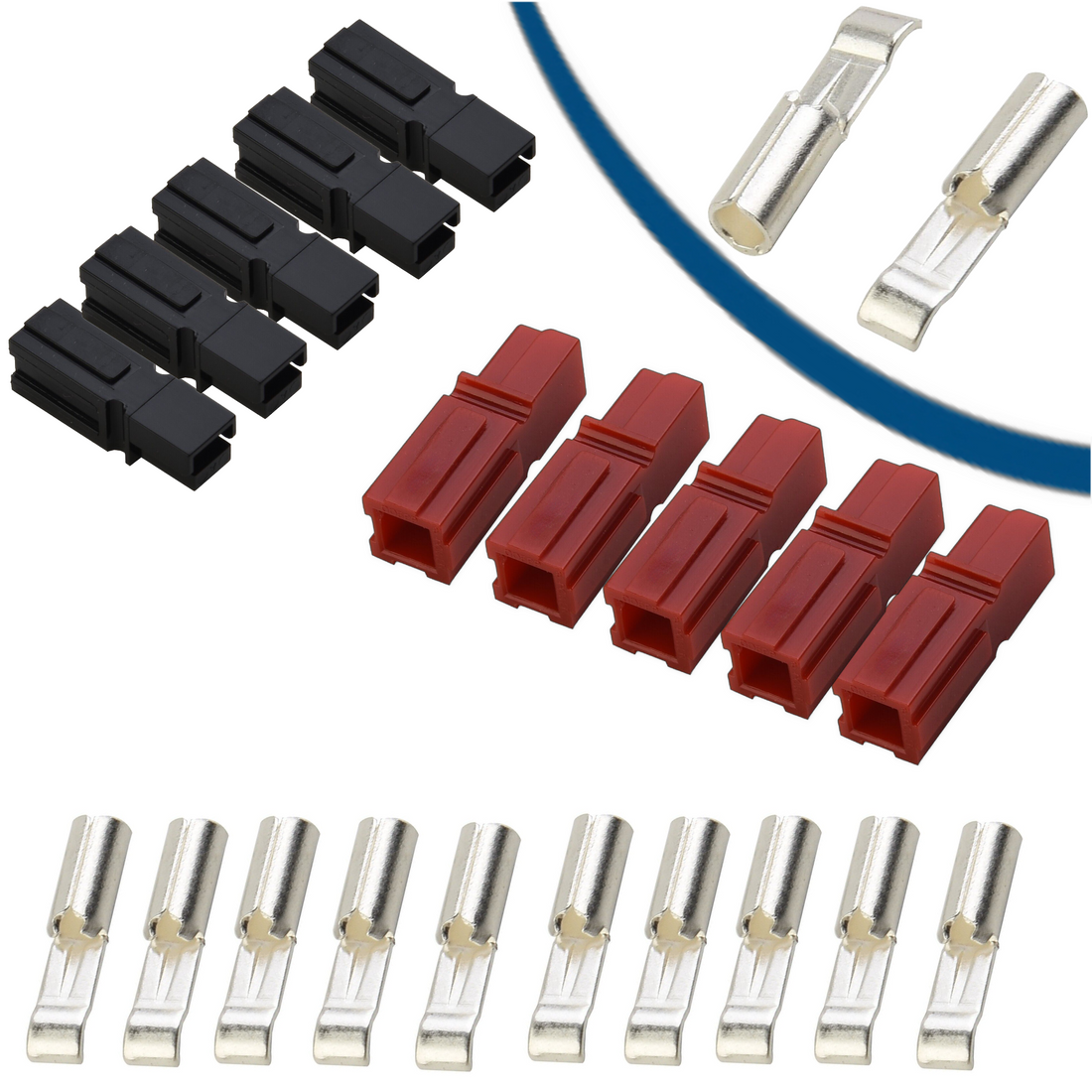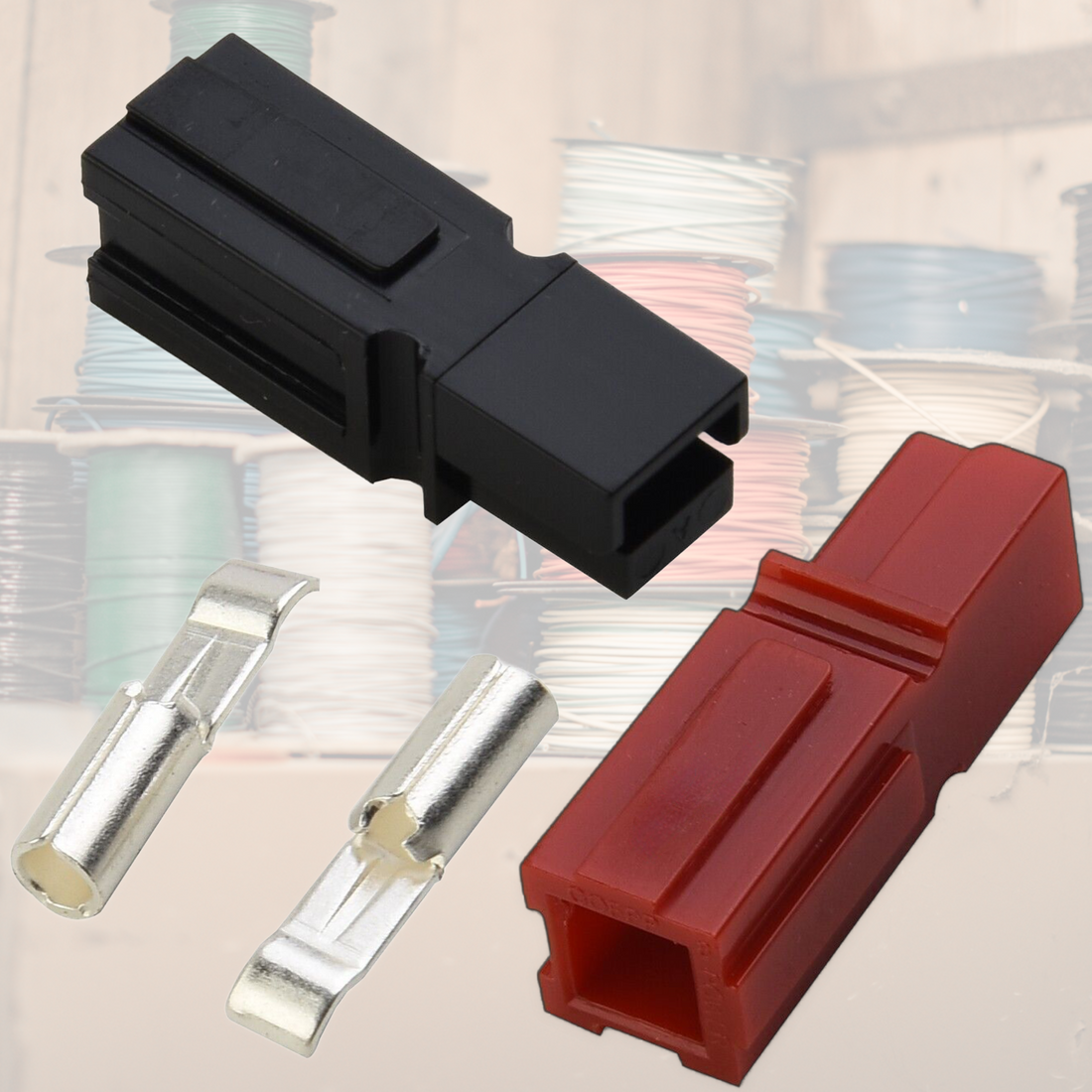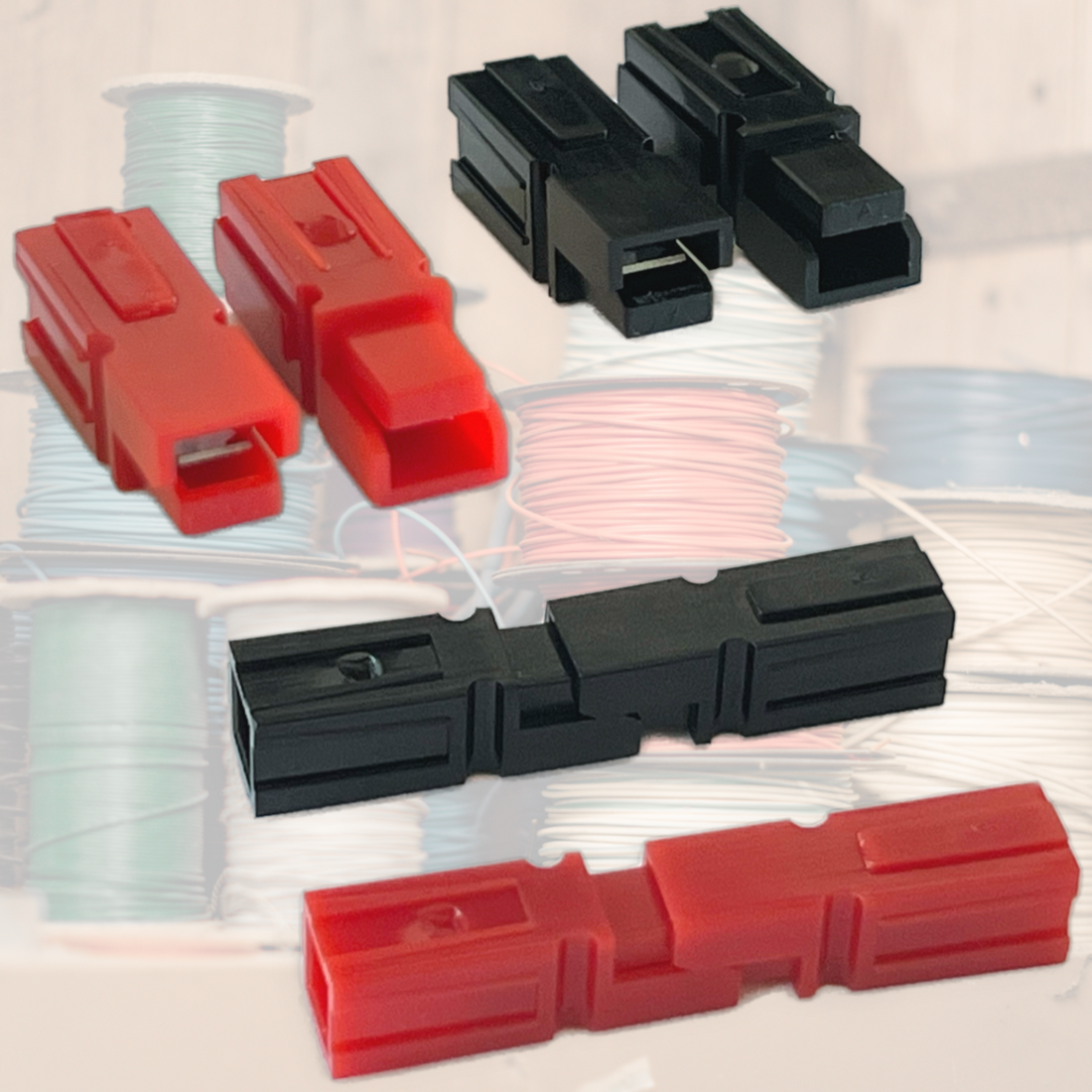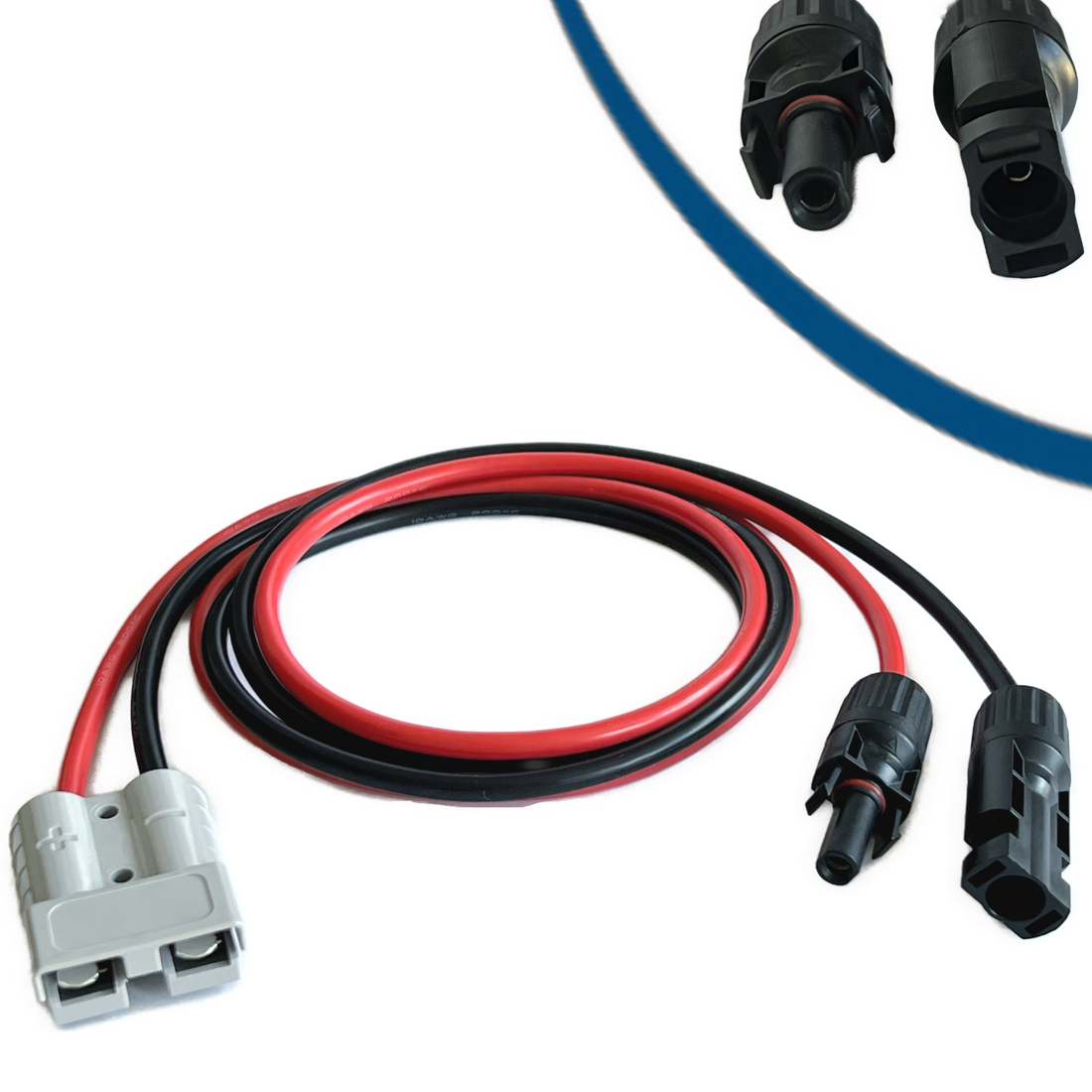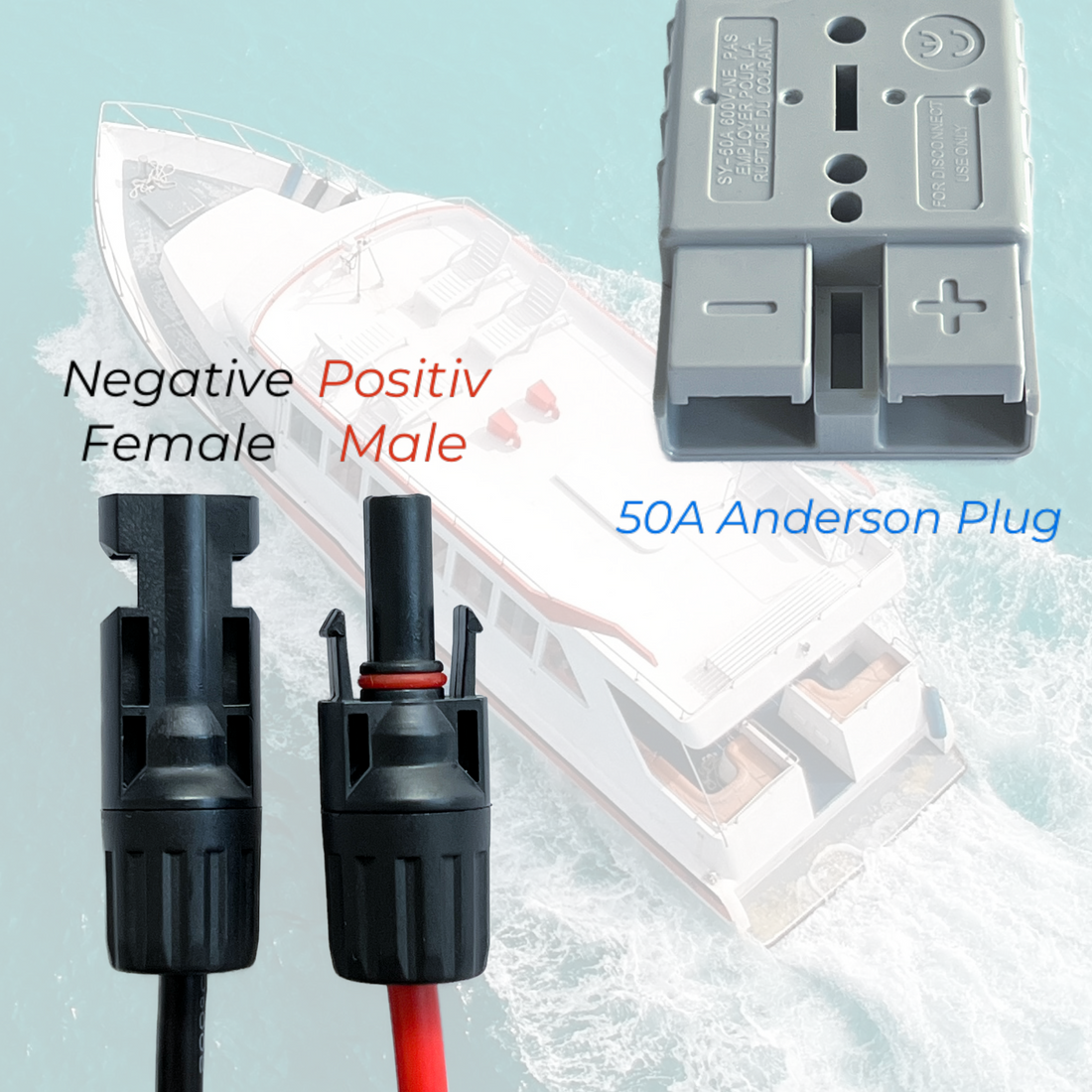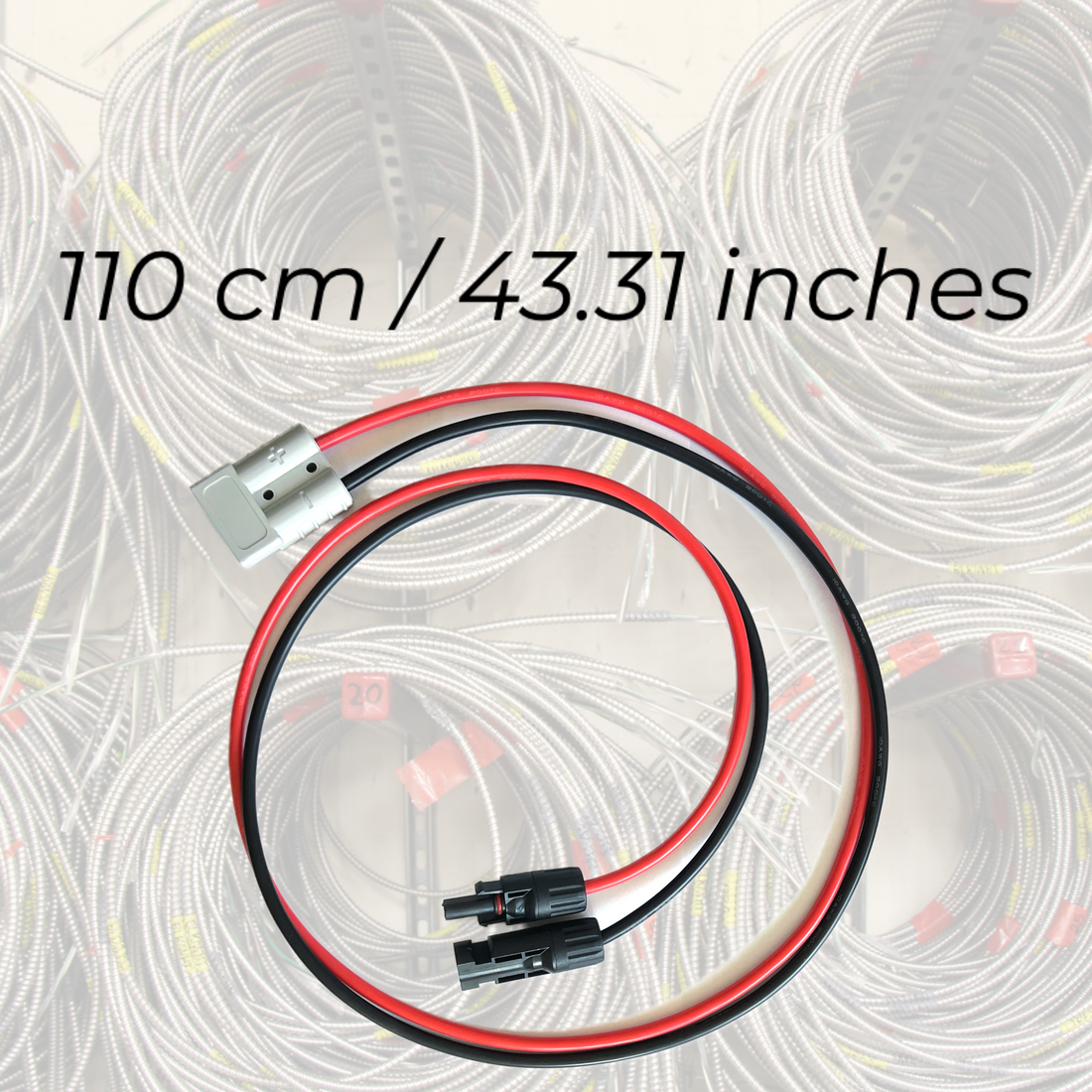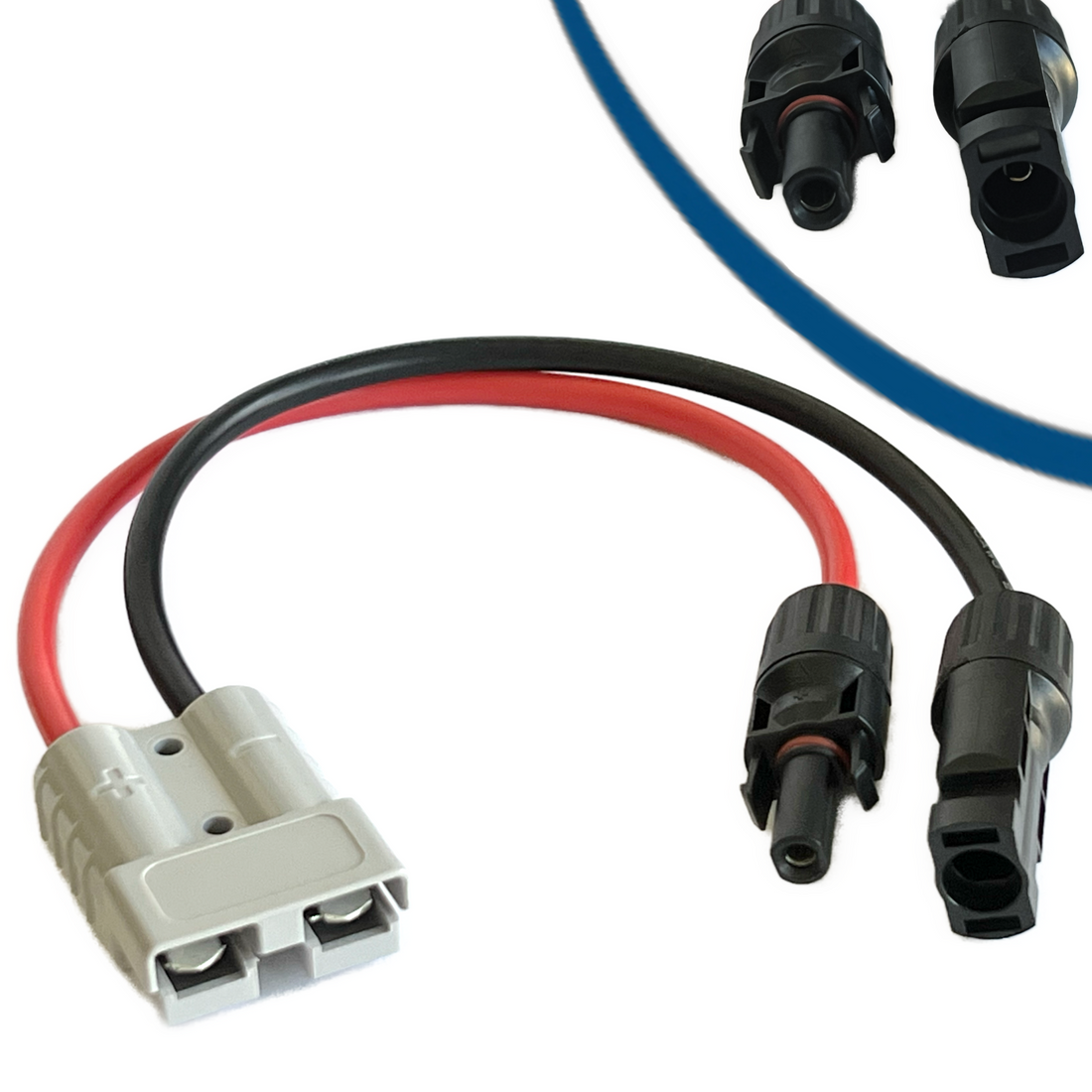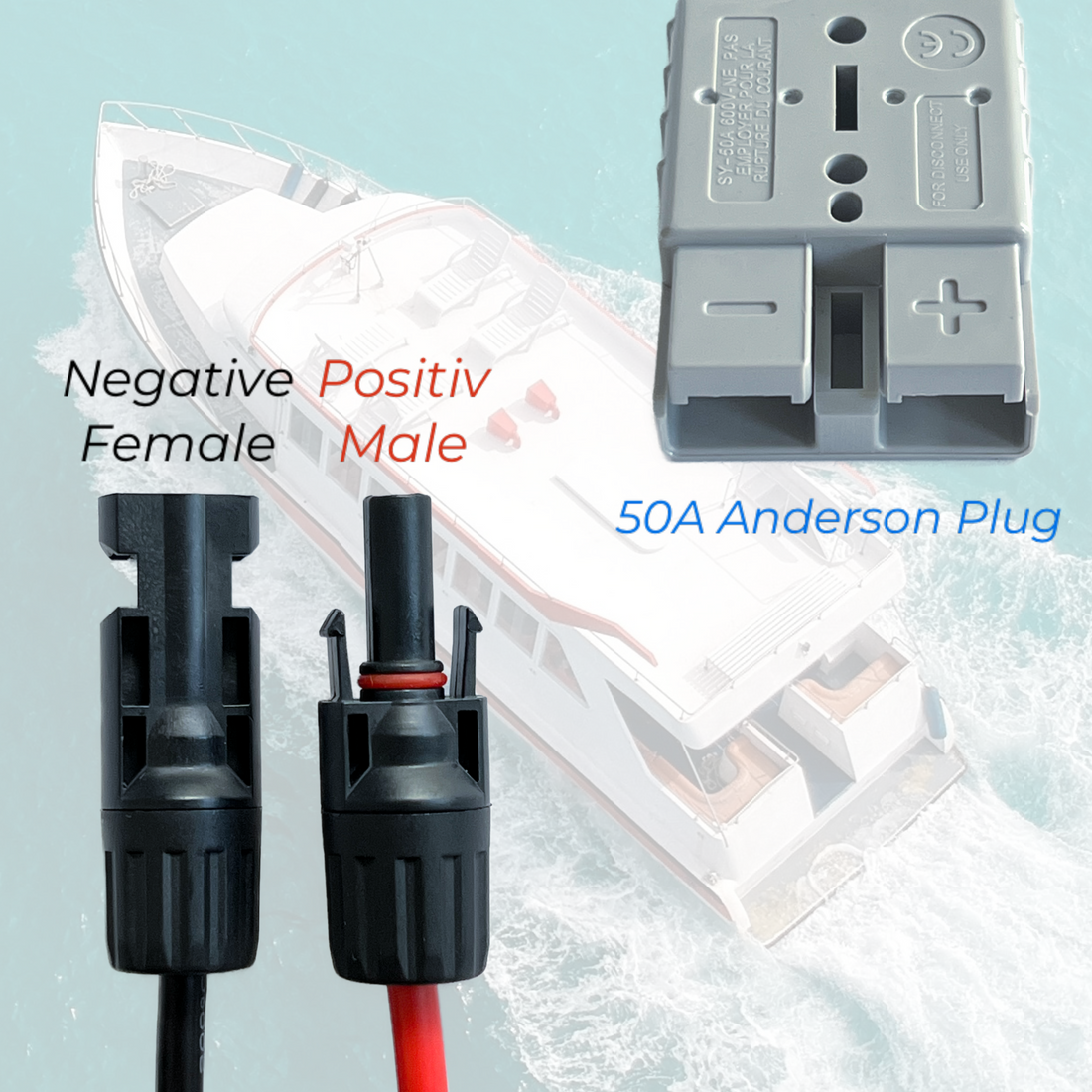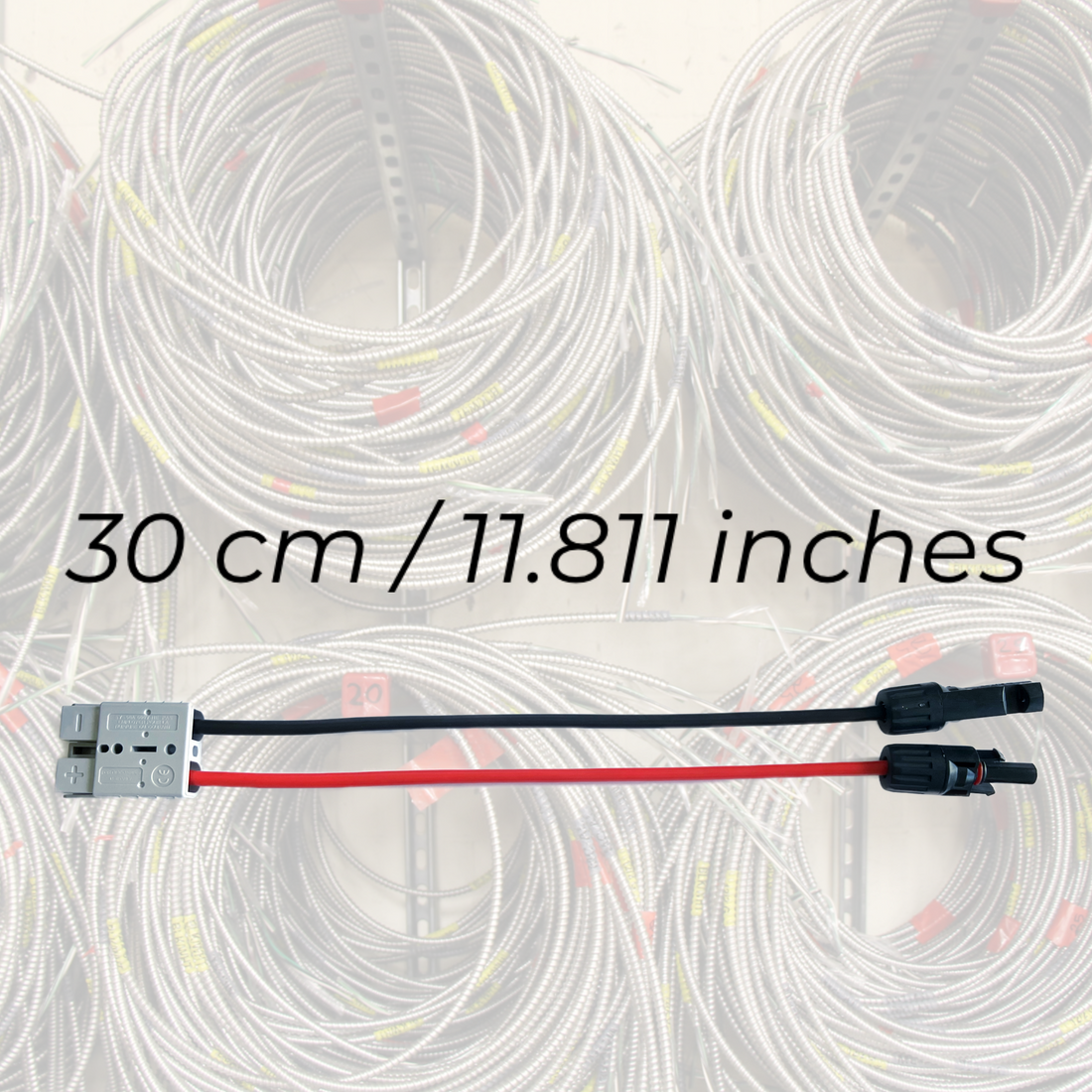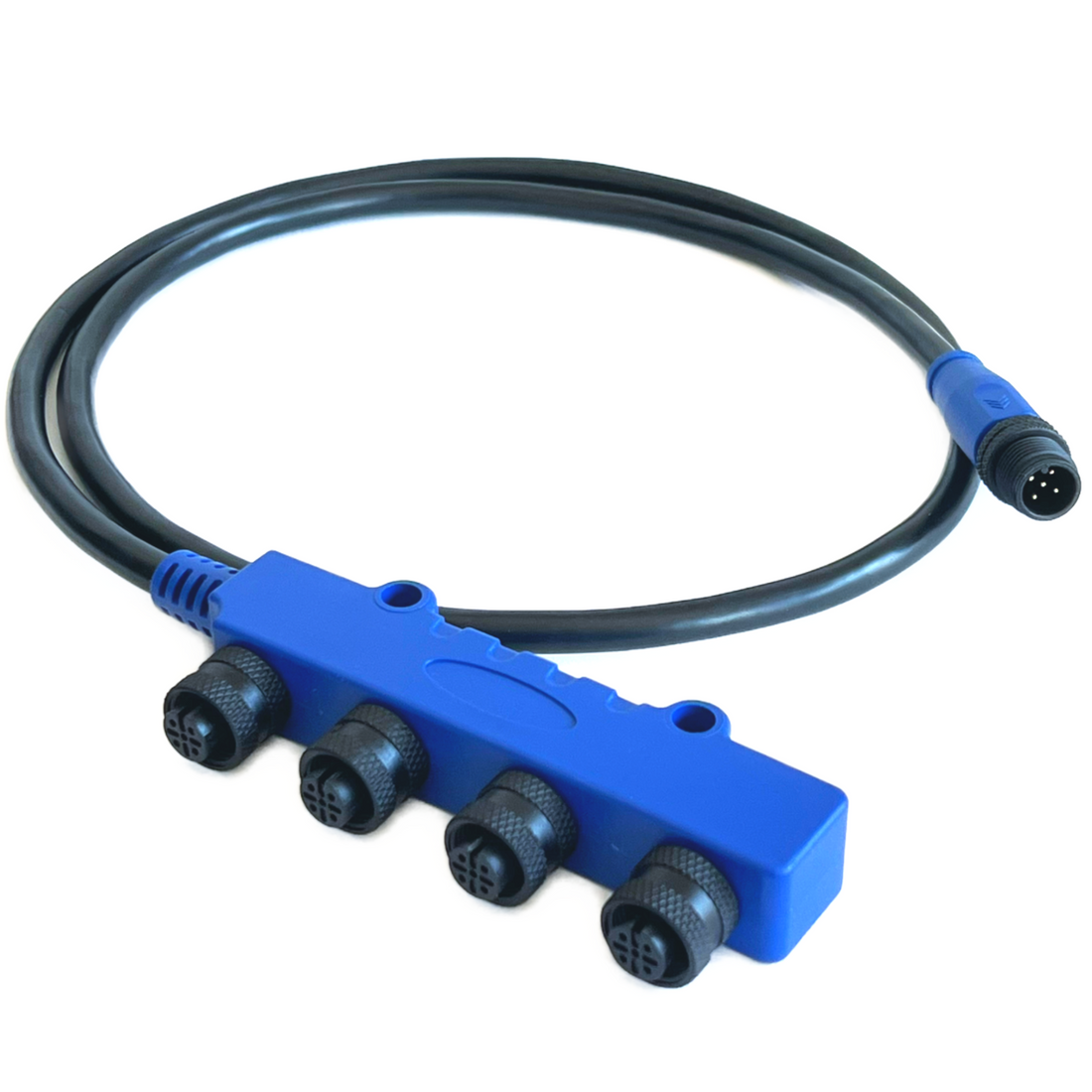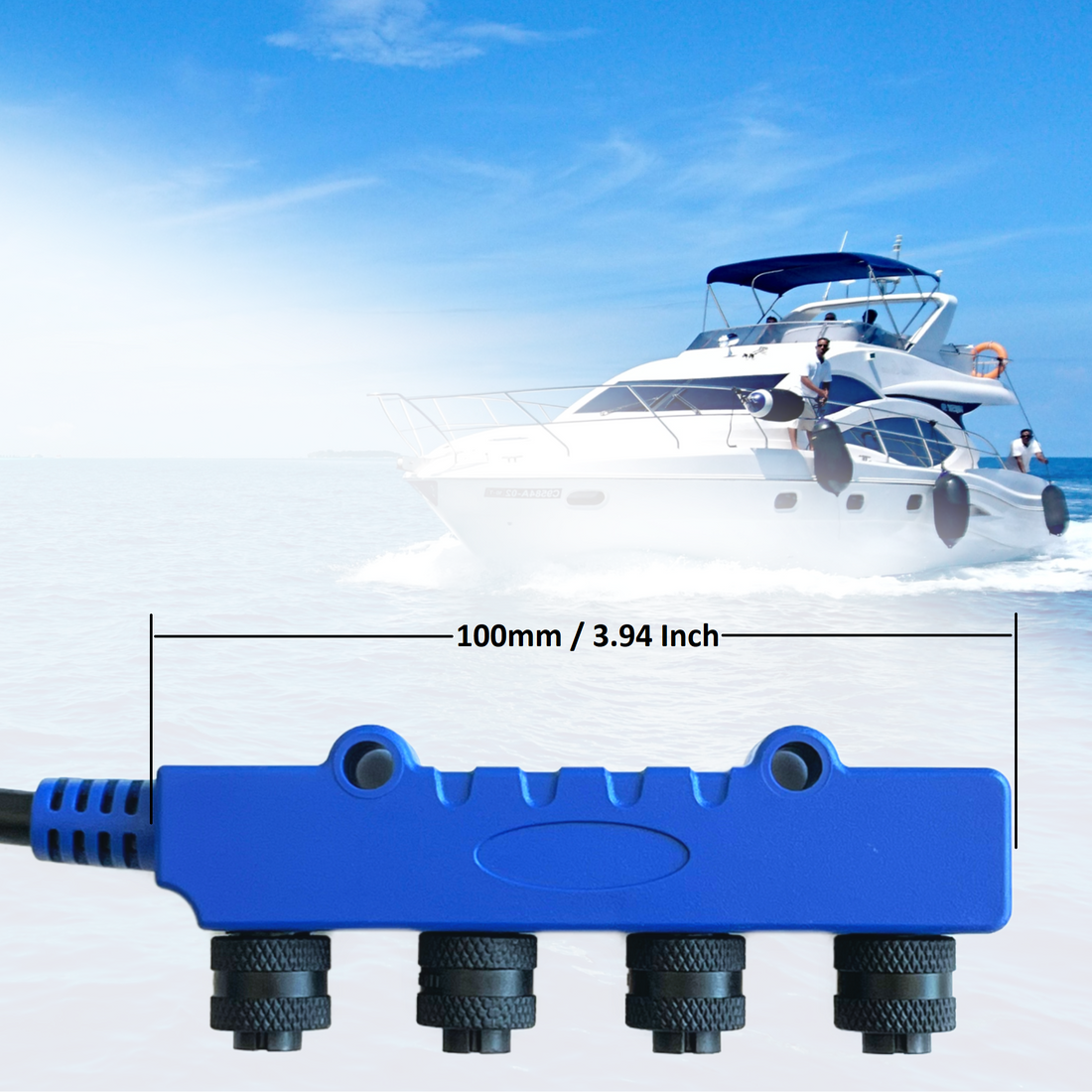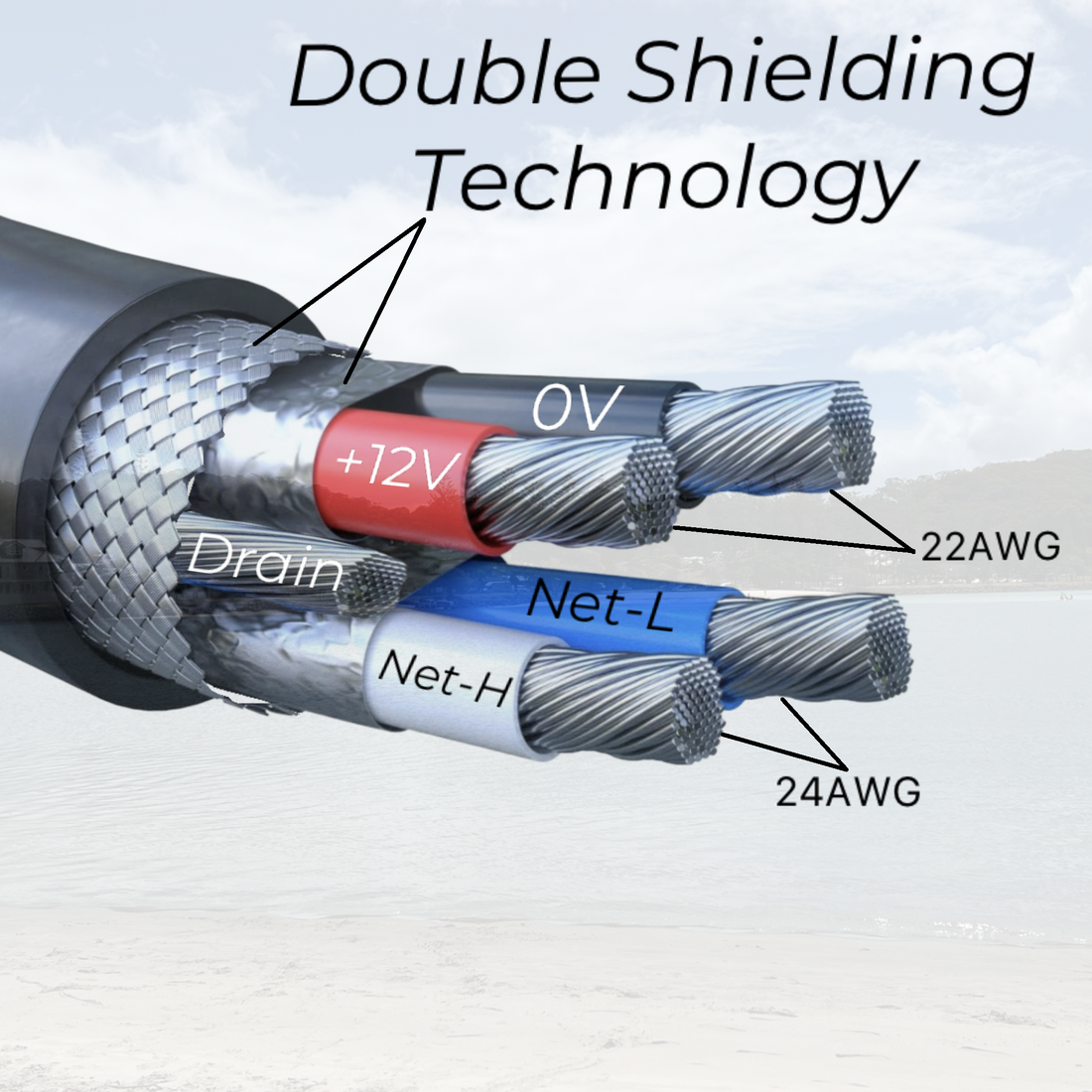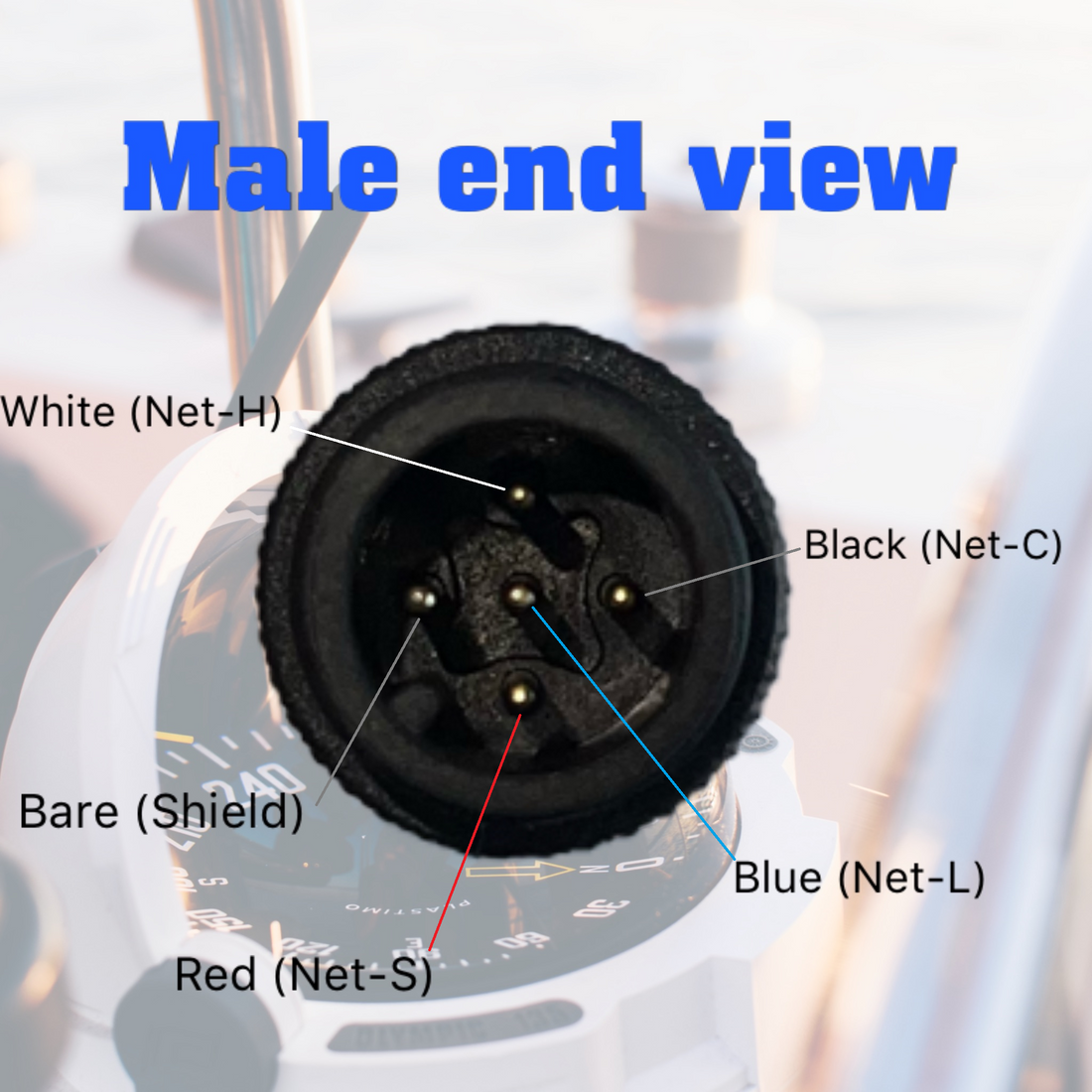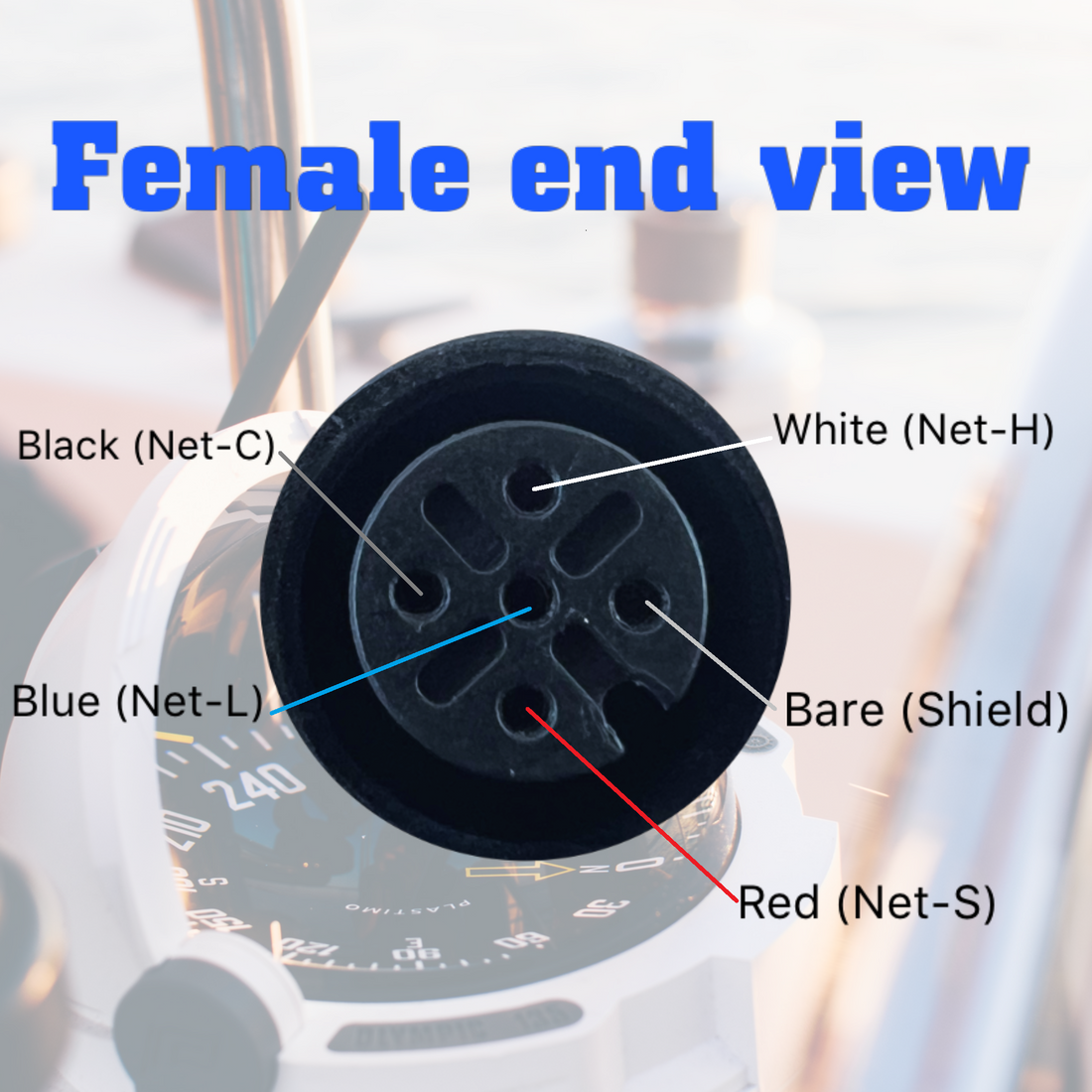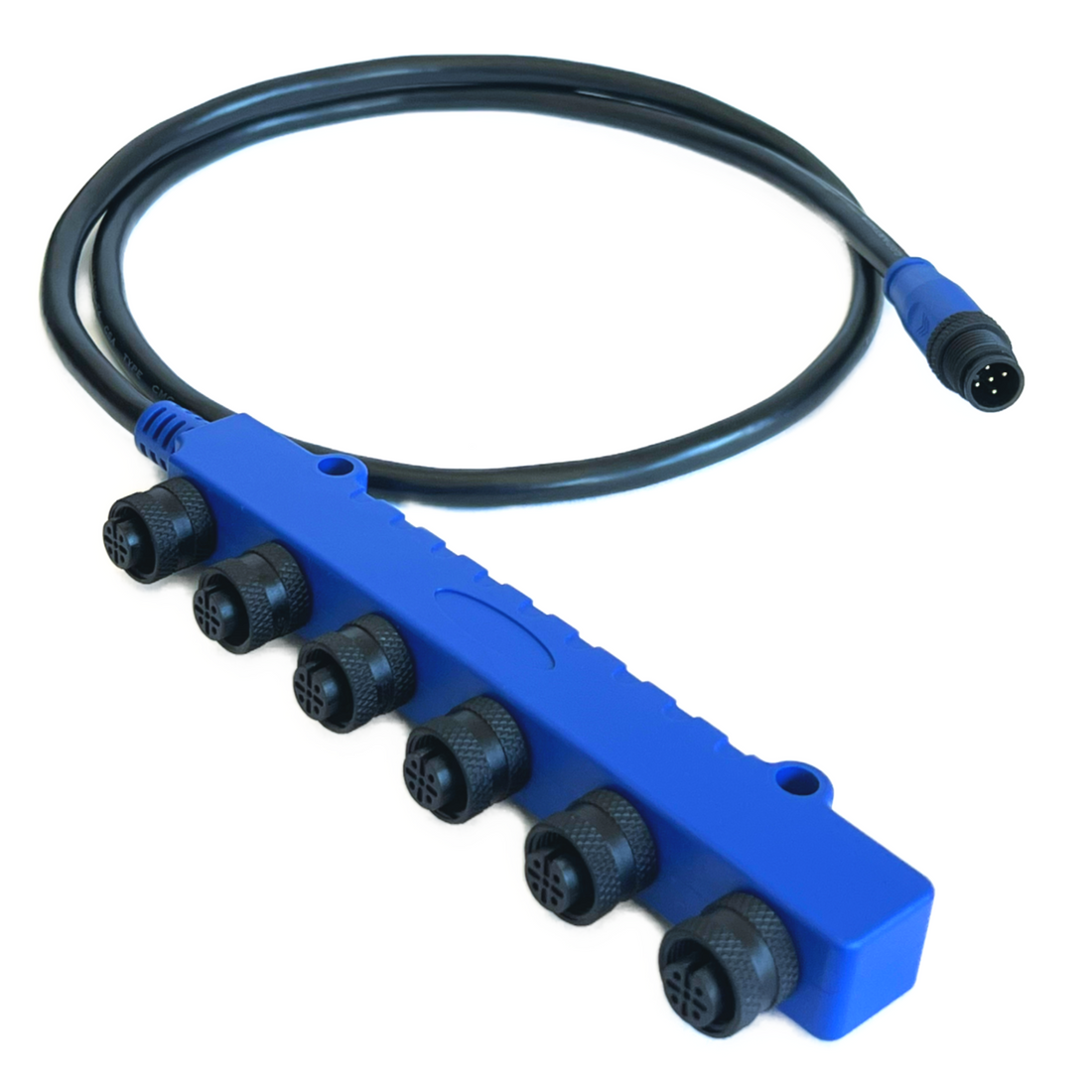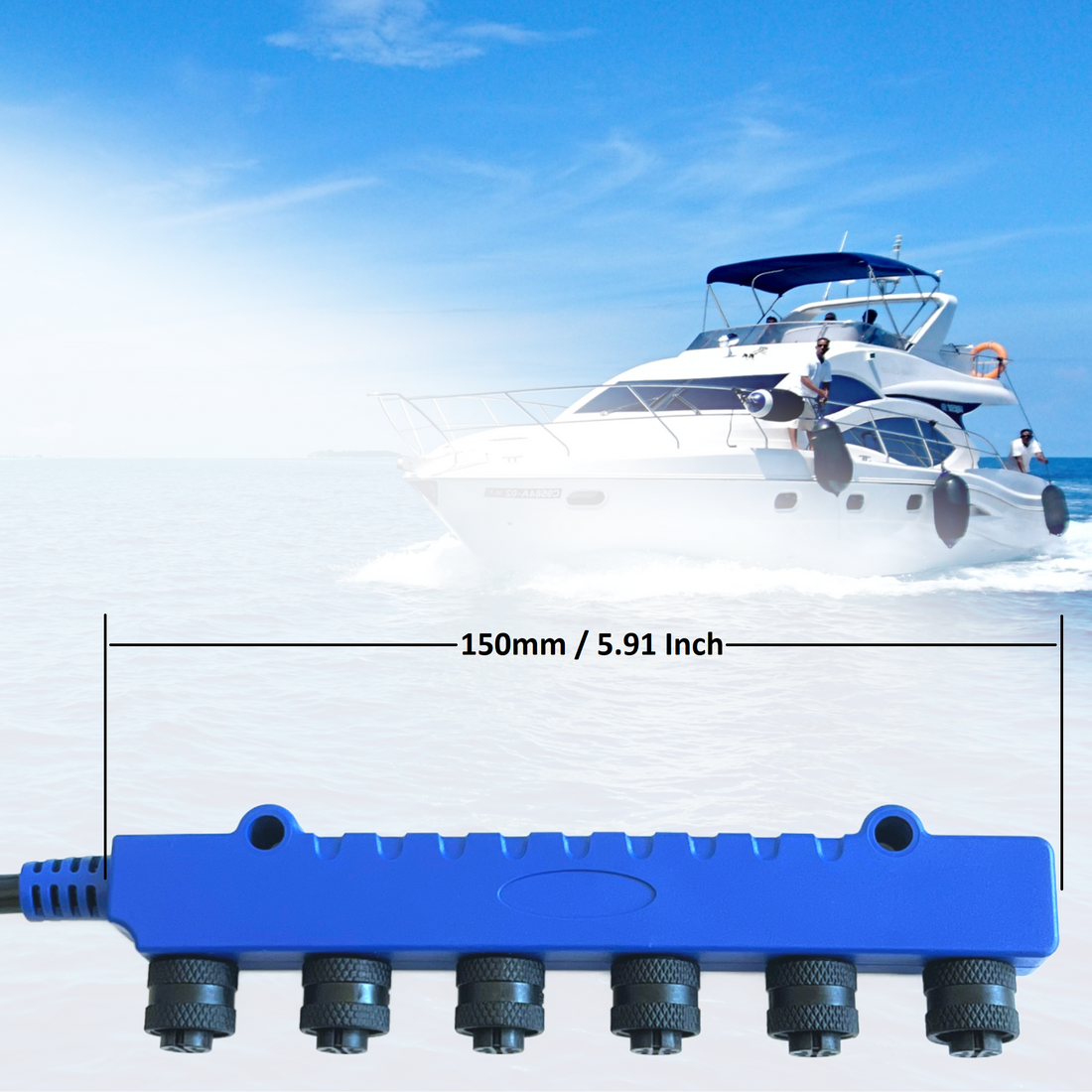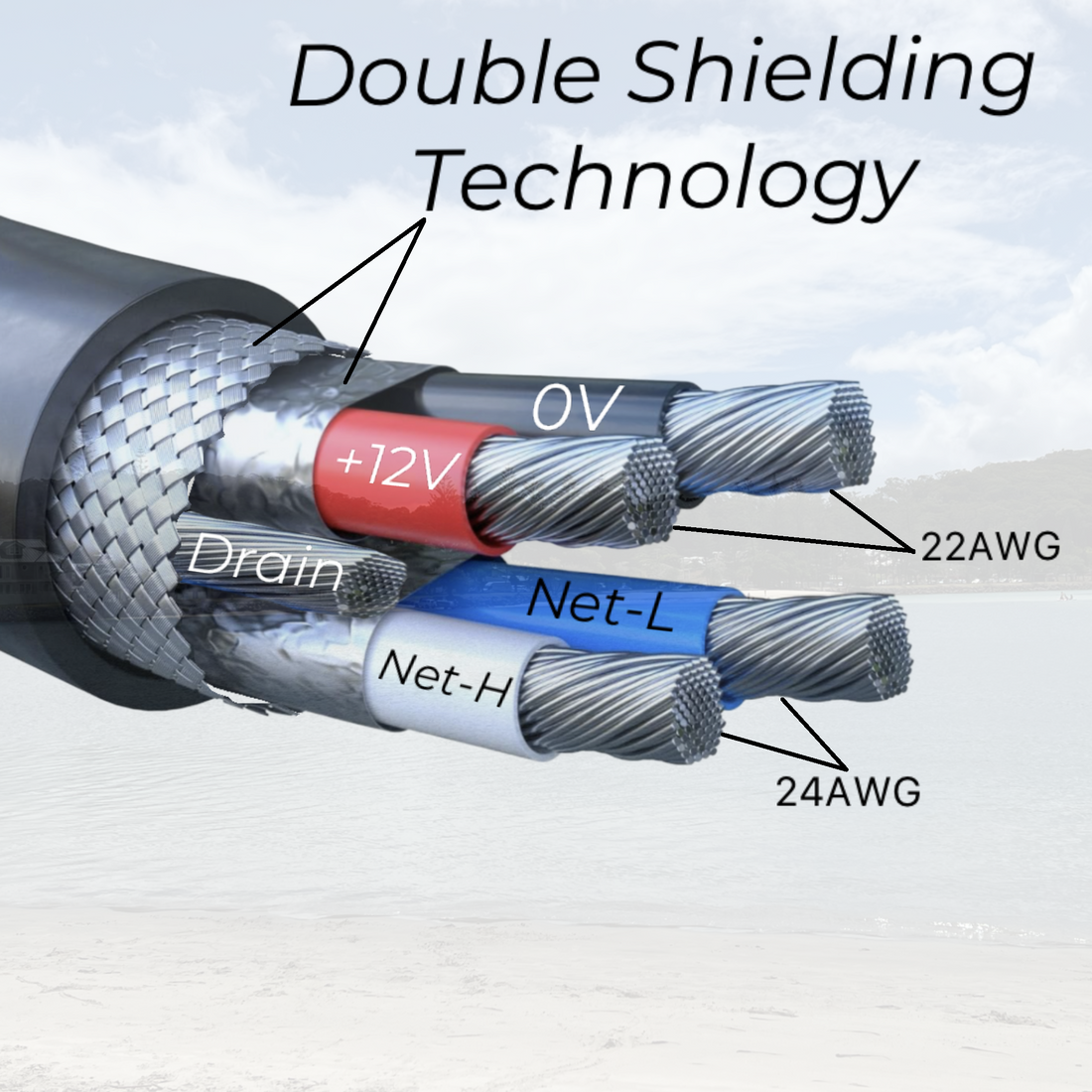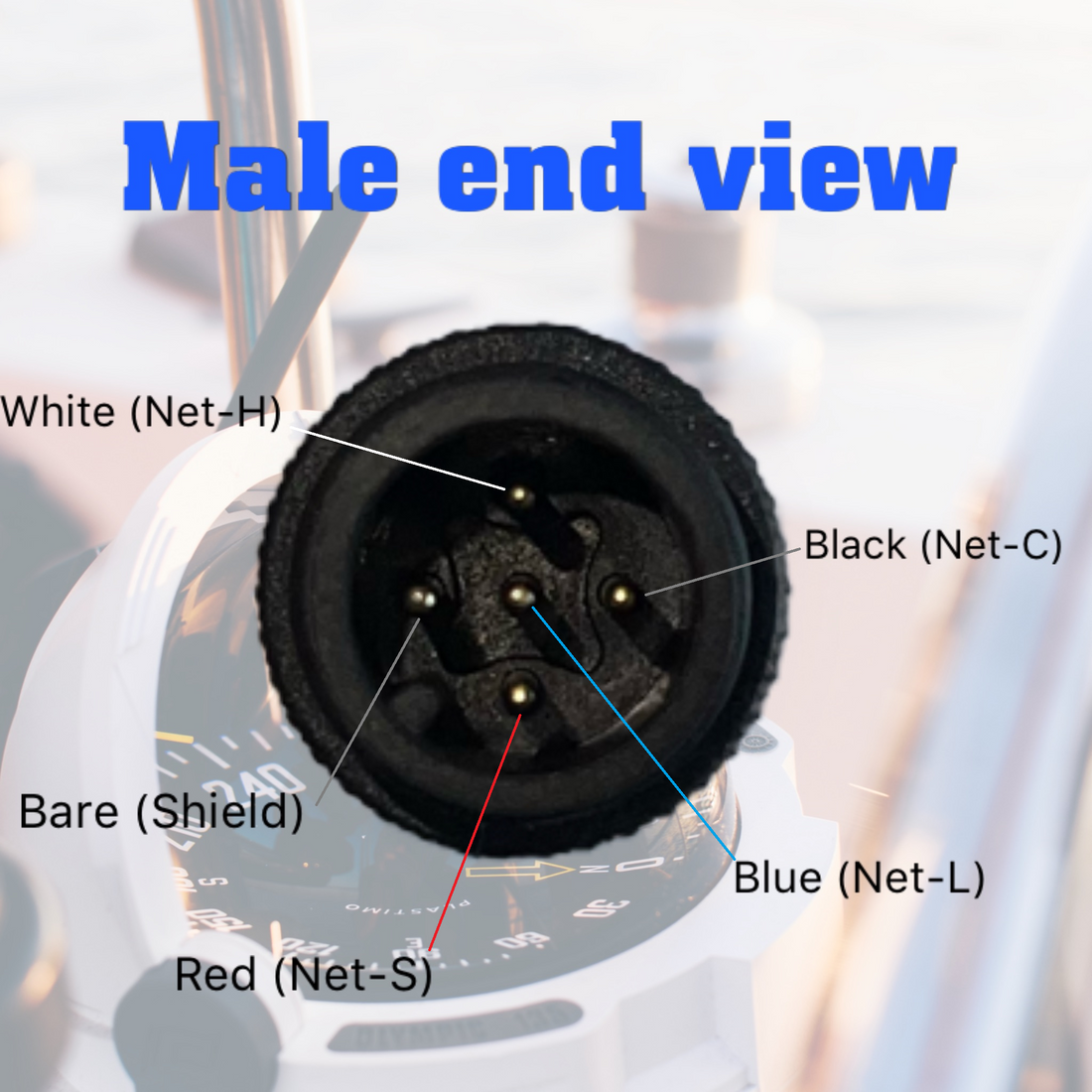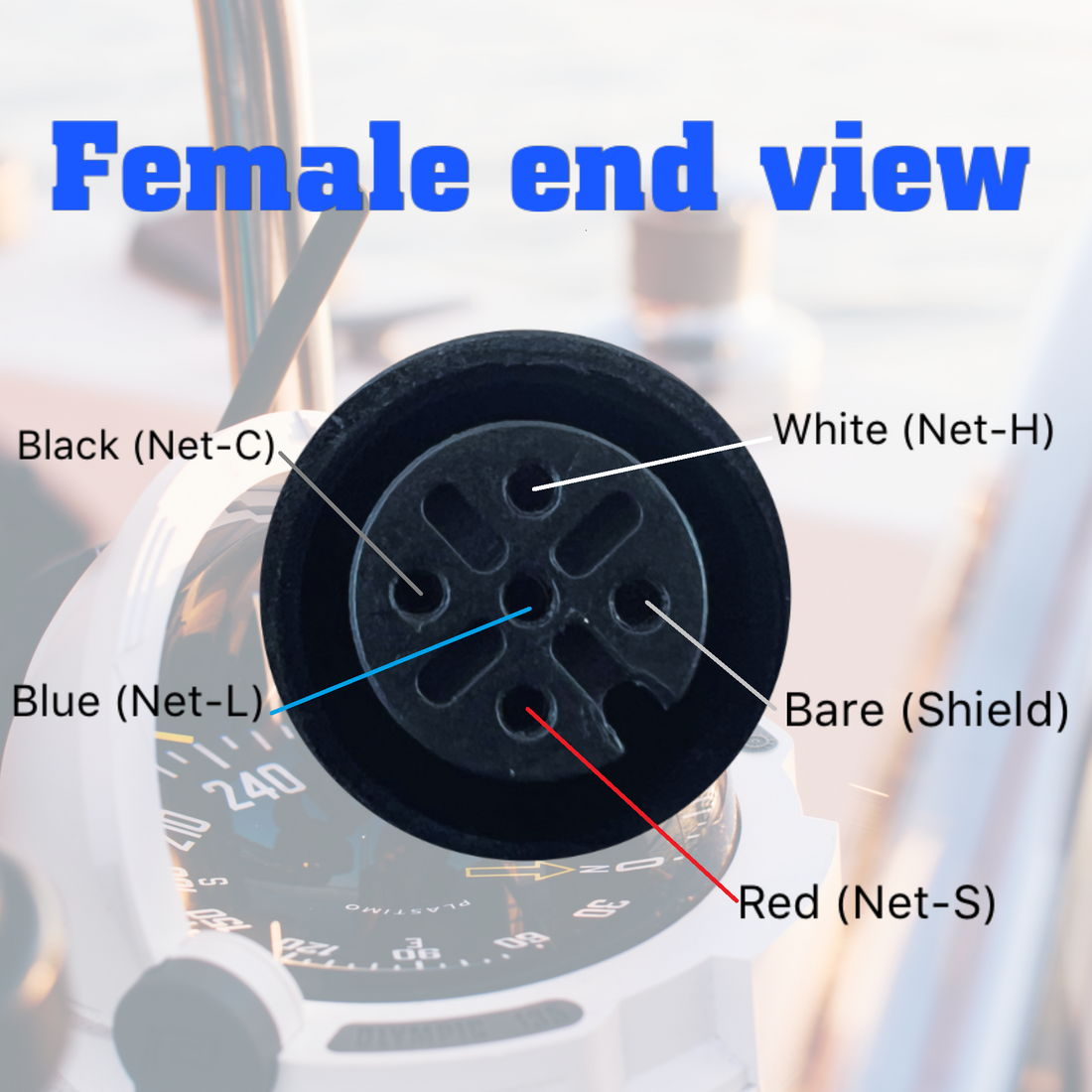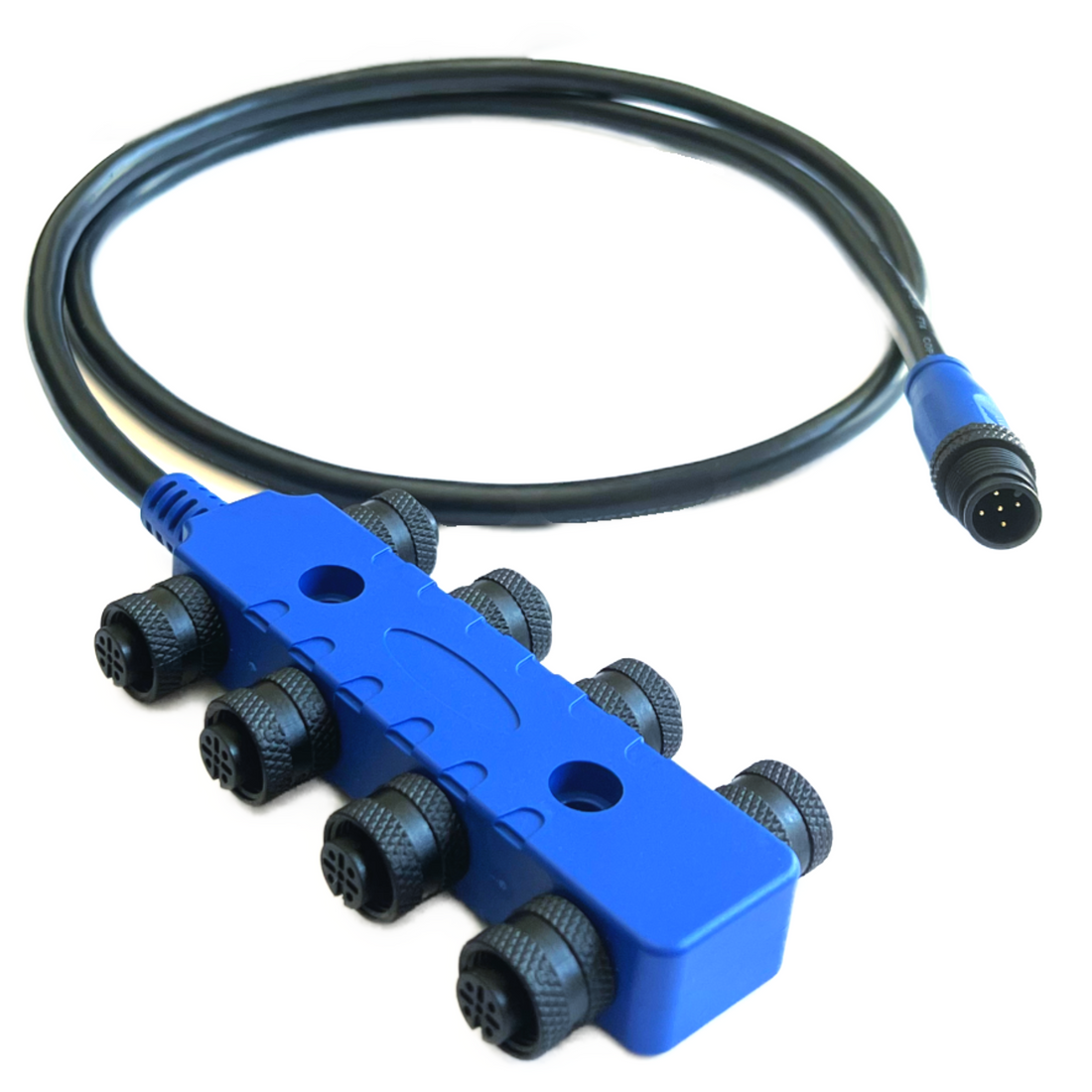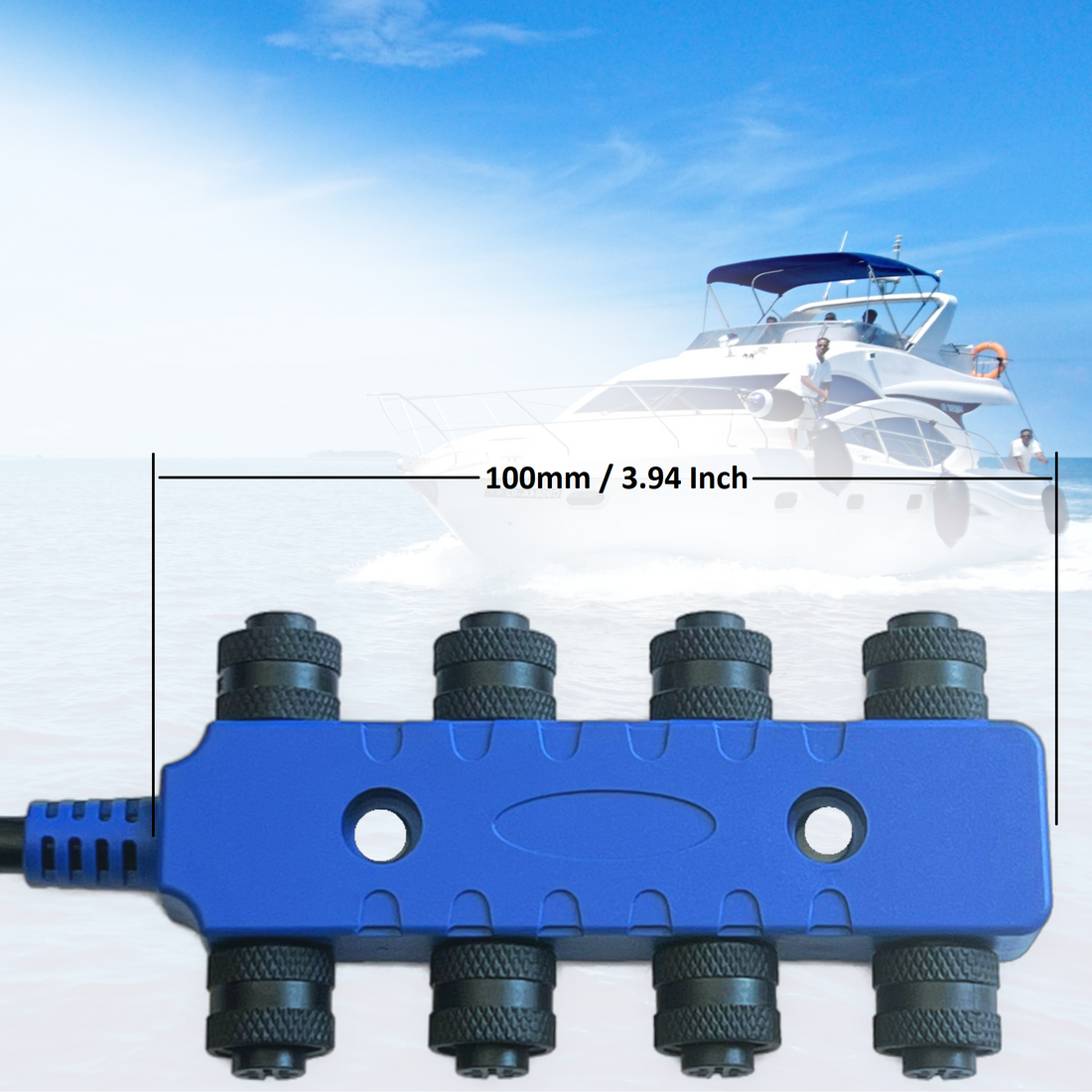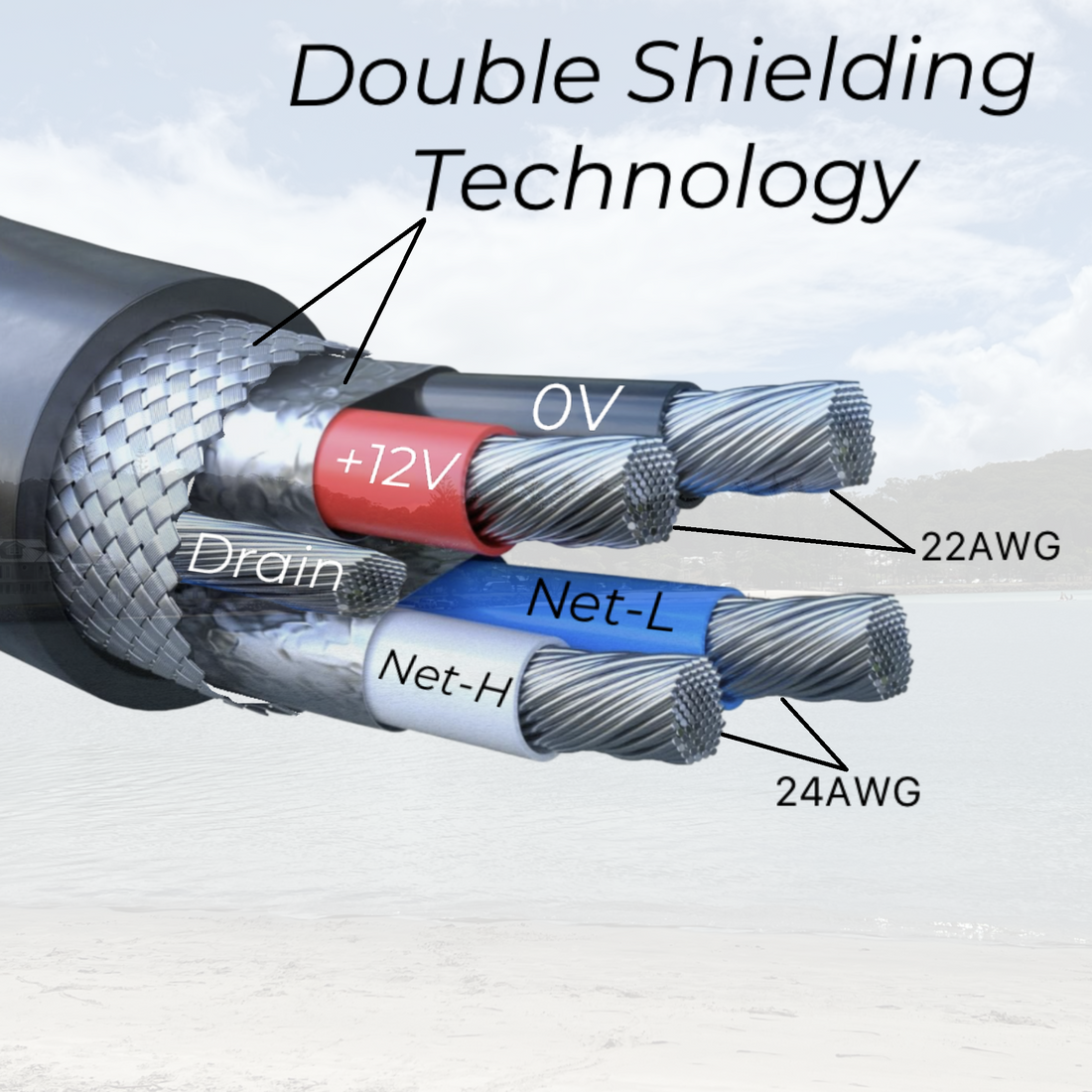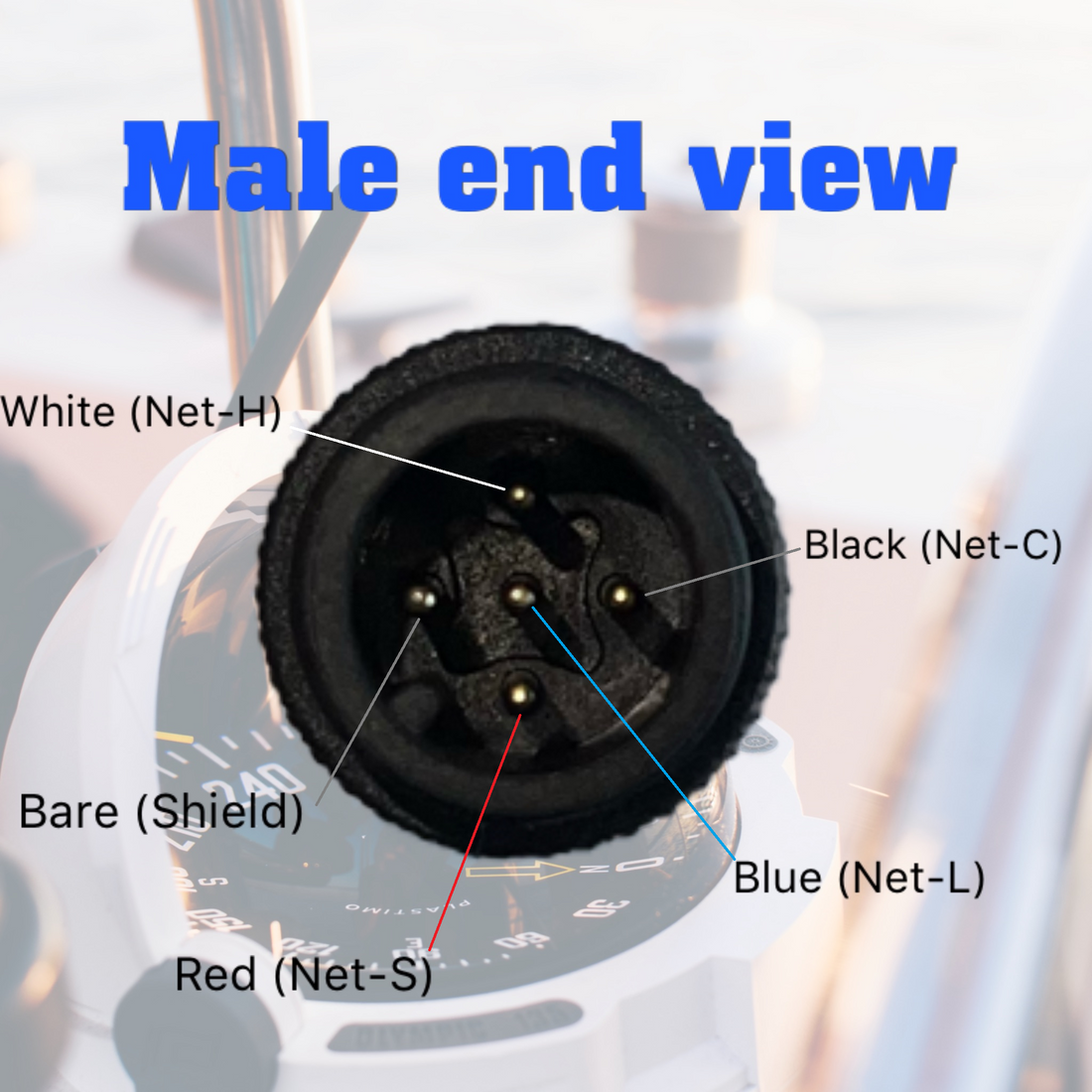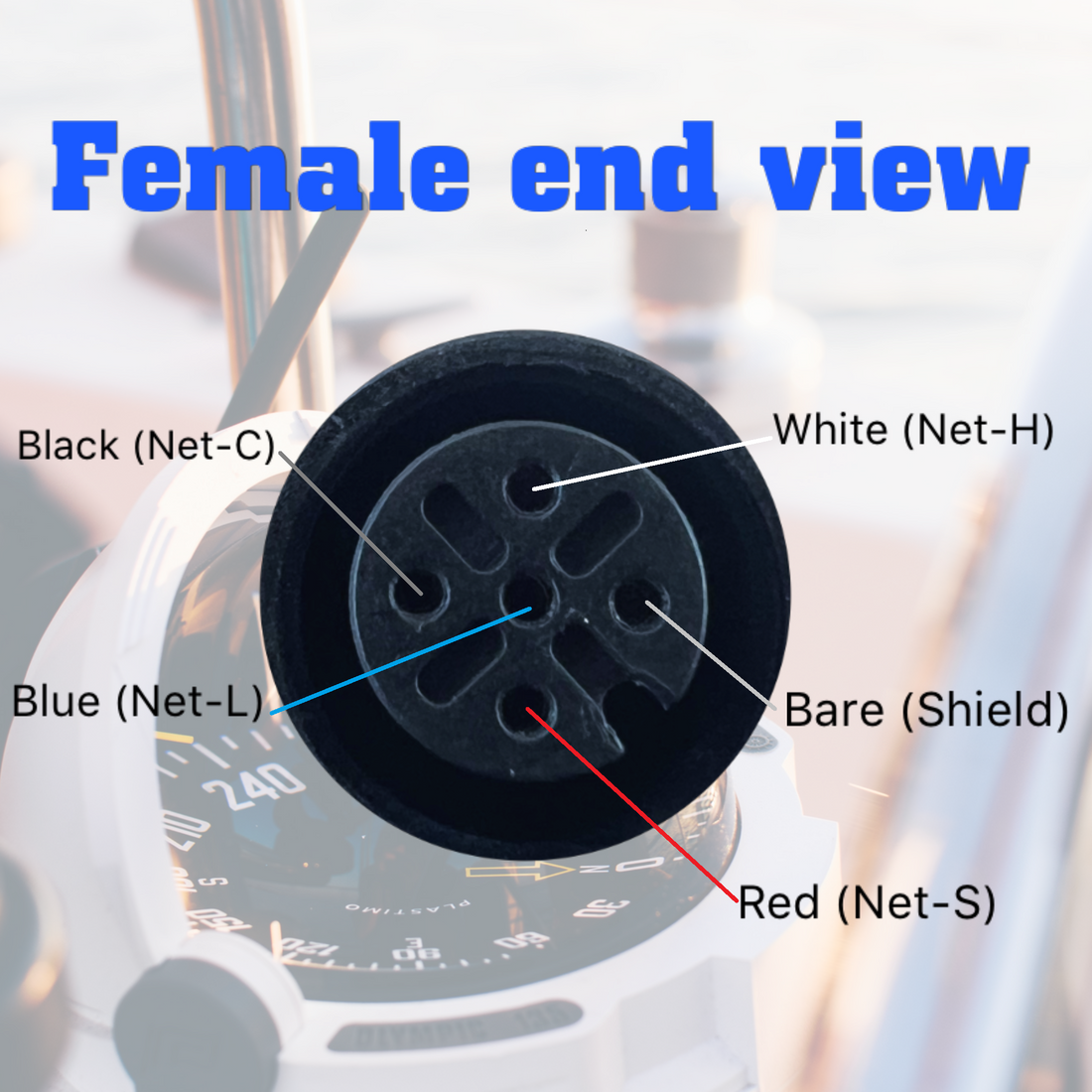NMEA 2000 Network Guide
This guide is intended for beginners in the NMEA 2000 field who want to quickly learn how to set up an NMEA 2000 network.
Please note that this is not a comprehensive technical article, as many such resources are already available online. Our focus is to provide you with essential information to effectively utilize VFS Marine's NMEA 2000 cabling products, whether you are setting up for the first time or expanding your NMEA 2000 network.

What is NMEA 2000?
- NMEA 2000 is the maritime version of CAN networks commonly found in vehicles today.
- This protocol enables communication between electronic devices from various manufacturers.
- NMEA 2000 defines a standard for data messages, protocols, and connectors that all NMEA 2000 devices must support.
Note:
Some manufacturers have developed their variations of NMEA 2000, requiring special connectors and cabling. Examples include Raymarine's "SeaTalkNG" and Simrad's "SimNet." Proprietary adapter cables are necessary for integration into standard NMEA 2000 networks.
Connecting NMEA 2000 Devices
Simply connecting two NMEA 2000 devices with a compatible NMEA 2000 cable is not sufficient. You need to connect the devices to a properly configured NMEA 2000 network.

- Each device has an NMEA 2000 interface that must be powered through the network.
- Even some smaller, low-power devices like sensors draw power from the network.
- Setting up the network incurs some initial costs, but later expansion is straightforward.
- An NMEA 2000 Starter Kit provides a cost-effective way to build a small, expandable network.
Our NMEA 2000 Starter Kit
The kit includes:
- 1 x 2.0 M / 6.56 ft Male Connector Power Cable with 5A Fuse
- 1 x 6.0 M / 19.69 ft Backbone Drop Cable 24AWG/2C + 22AWG/2C
- 1 x 2.0 M / 6.56 ft Backbone Drop Cable 24AWG/2C + 22AWG/2C
- 1 x Tee T-Connector 1 Port
- 1 x Tee T-Connector 2 Port
- 1 x Female Resistor Terminator
- 1 x Male Resistor Terminator
In the following diagram, you can see how the two previously mentioned NMEA 2000 devices can be correctly connected using the NMEA 2000 Starter Kit.
Click here for our Starter Kit
Basic Guidelines for Networking in an NMEA 2000 Network
The following list outlines essential rules to follow when setting up an NMEA 2000 network. Adhering to these rules should ensure the smooth operation of your NMEA 2000 network.
- The network must be properly terminated, with only two termination resistors—one at each end of the backbone.
- NMEA 2000 supply voltage should be in the range of 9V to 16V.
- NMEA 2000 supply current must not exceed 3A (60 LEN).
- The maximum number of physical devices on the network should not exceed 50.
- The length of the NMEA 2000 backbone should not exceed 100 meters.
- A single connection cable should not be longer than 6 meters.
- The total length of all connection cables should not exceed 76 meters.
- Voltage drop from one end of the network to the other should be less than 1.5V.

Power in the NMEA 2000 Network
A crucial aspect when designing an efficient NMEA 2000 network is the total current it draws. If the total current exceeds the safe capacity of the NMEA 2000 cabling (3A for all VFS Marine cables), it can cause cable overheating or even an electrical fire.
- Each device in an NMEA 2000 network consumes a certain amount of current.
- It is essential to ensure that the total current in the network is known and does not exceed 3A.
- Each NMEA 2000 certified device has a Load Equivalency Number (LEN), abbreviated as "LEN."
- 1 LEN equals 0.05A (50mA).
- The LEN number is printed on the device's product label.
- Add up the LEN values of all devices and ensure that the sum is less than 60 LEN, which is equivalent to 3A.
Voltage Drop in the NMEA 2000 Network
- When current flows through NMEA 2000 backbone and drop cables, there is a voltage drop, causing the voltage at one end of the network to differ from that at the other end.
- The voltage drop increases with longer cables or higher current. If the voltage drop exceeds 1.5V, data errors may occur.
- To calculate the voltage drop, use the following formula, which applies to most NMEA 2000 networks:
Voltage Drop = LEN x Backbone Length x 0.006
- If the voltage drop is greater than 1.5V, you have two options: either add an additional network power drop (power cable) connected to the same 12V DC supply as the other NMEA 2000 power cables, or move the existing power cable to the middle of the NMEA 2000 network backbone to reduce voltage drop at both ends of the network.
NMEA 2000 Parts
In addition to the NMEA 2000 Starter Kit, VFS Marine also offers a range of additional components. These components allow you to set up or expand an NMEA 2000 network, accommodating up to 50 devices into the network.
Click here:
 |
 |
 |
Please note that all VFS Marine "Drop Cables" can also be used as "Backbone Cables." They can be easily connected to create any length of the Backbone Cable you require.
